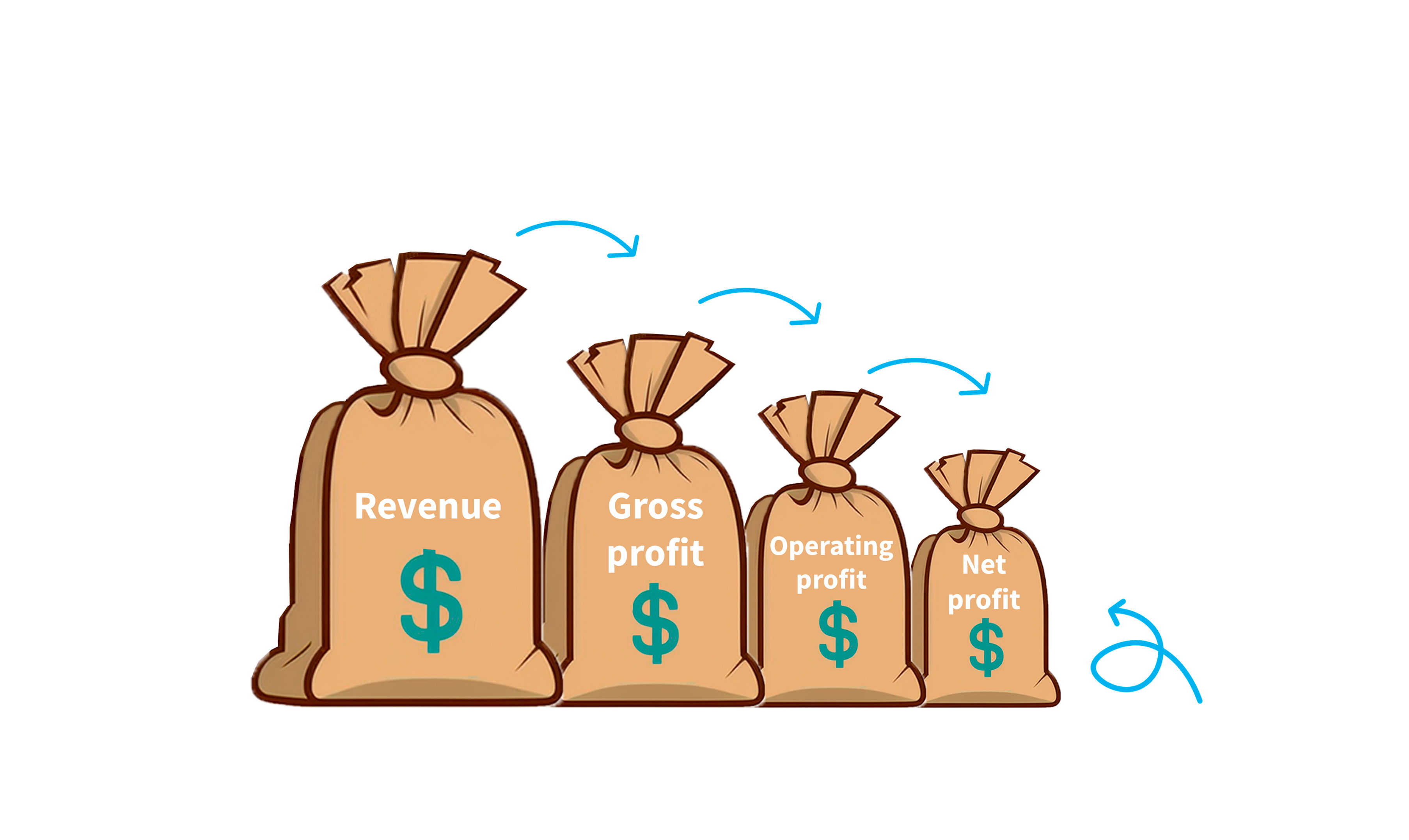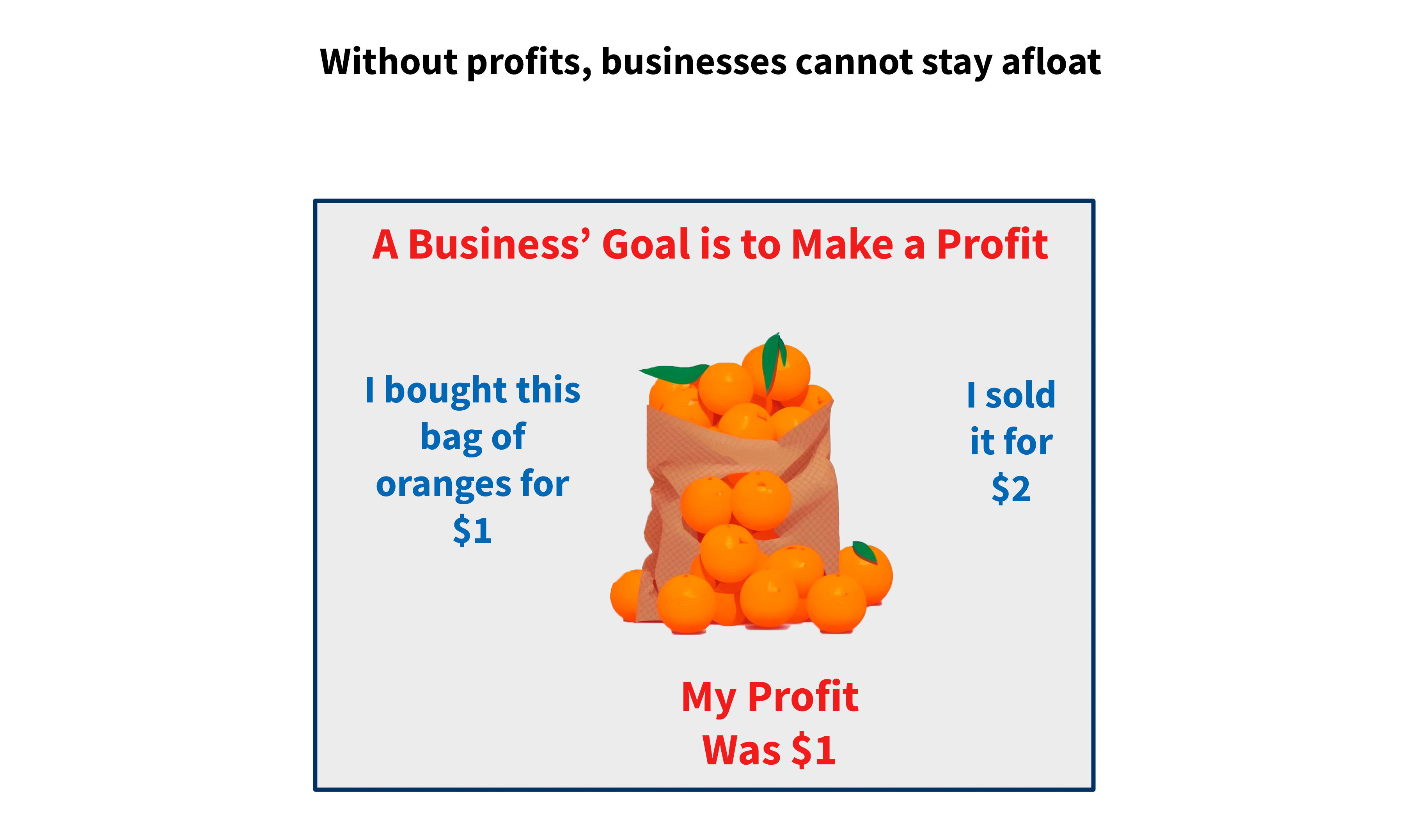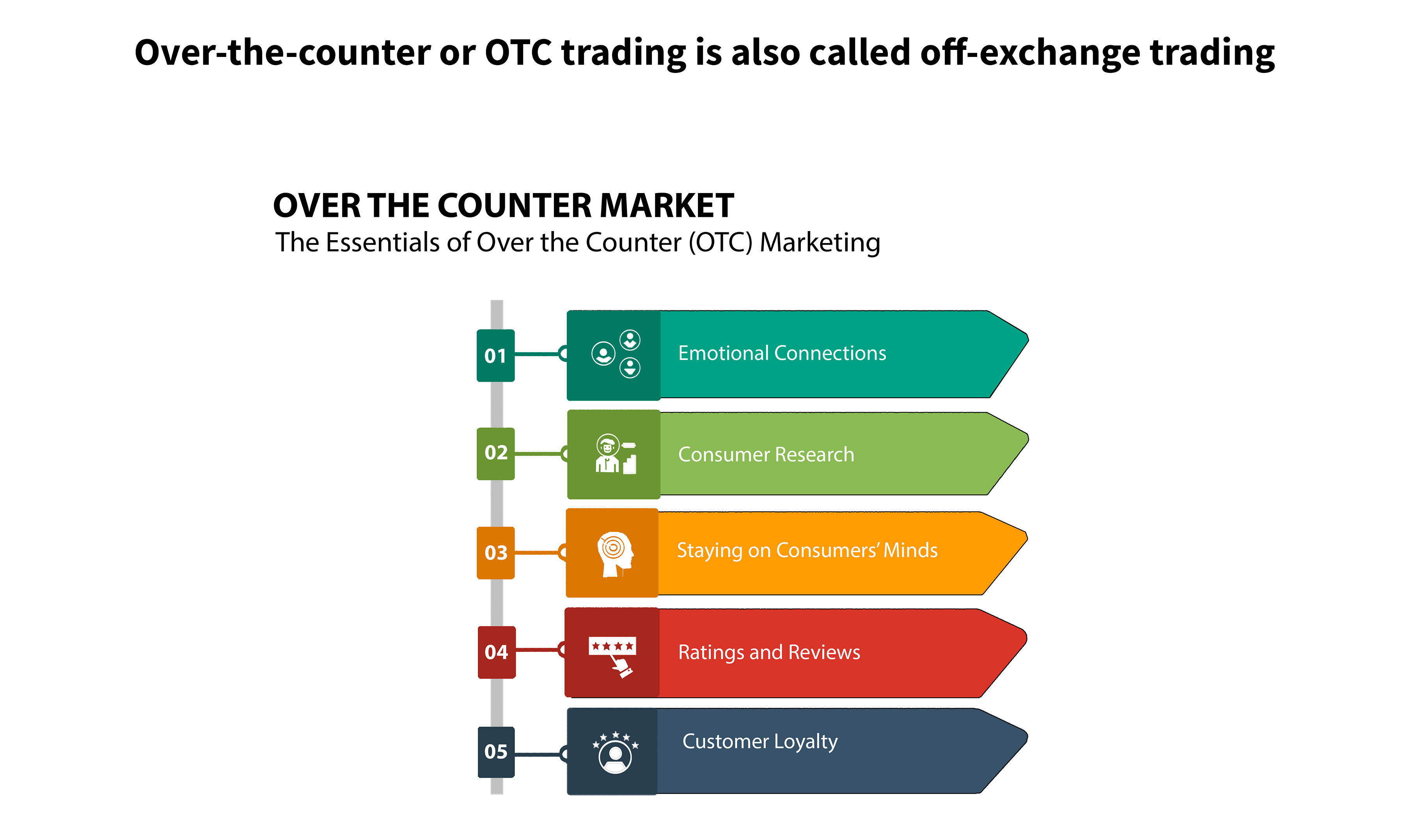
Making a profit is an essential element in business and finance.
Gaining an insight into profits gives you a clearer picture of how a business is doing. It is essentially the financial gain that entrepreneurs aim for; a monetary benefit for the risks they take. Without profits, businesses cannot stay afloat.
For example, if I bought a bag of oranges for one dollar and sold it for two dollars, my profit was one dollar. We refer to the money I made when I sold the bag of oranges as gross profit. After deducting the cost of purchasing the product from the amount our consumer paid, we get the gross profit.

If your company provides a service, you deduct the costs of providing that service. In the business world, gross profit and gross income are synonymous. You made a loss if you paid more for the bag of oranges than you sold it for.

The term loss is the opposite of profit.
Most businesses, particularly established ones, can tolerate losses for a limited time. Many small businesses do not find this to be true. During the coronavirus pandemic, millions of businesses worldwide suffered massive losses and went bankrupt, and they no longer exist. The amount of profit left over after all operating costs and other fees have been subtracted is the net profit of a company.
If total revenue exceeds total expenses and charges, the company has made a net profit. Expenses are the sums of money spent by the company, which include depreciation, interest, and taxes deducted from total revenue. If total expenses and charges exceed total revenue, the company suffers a net loss.
Key Takeaways:
1. Profit is an essential element in business and finance.
2. Gross profit is the money made when a product is sold after deducting the cost of purchasing the product.
3. Profit is the inverse of loss.
4. Net profit is the amount of profit left over after deducting all operating costs and other fees.
5. The company has made a net profit if total revenue exceeds total expenses and charges.



